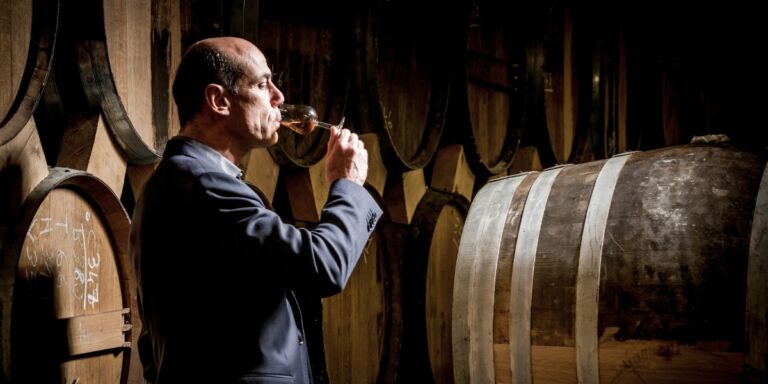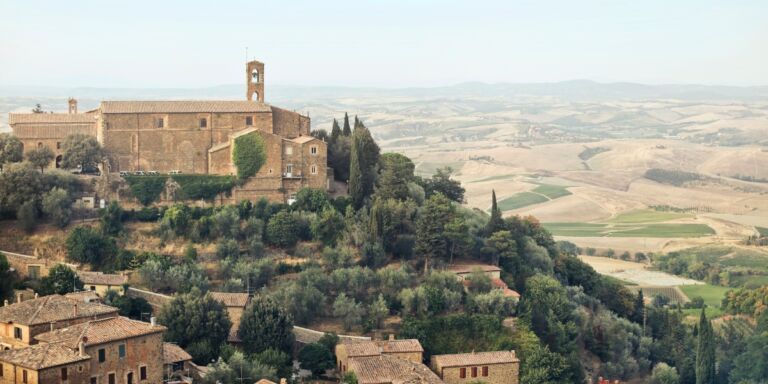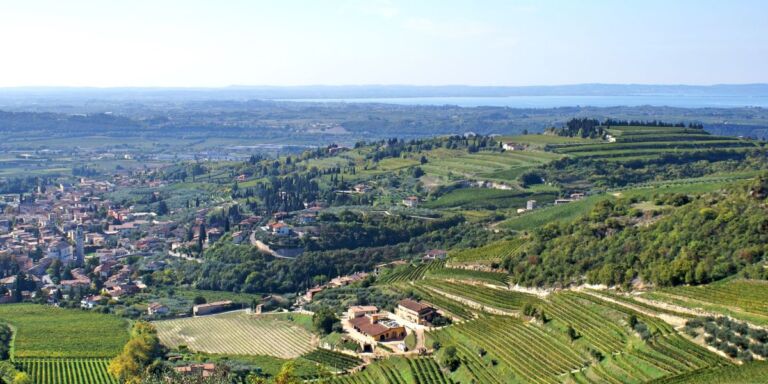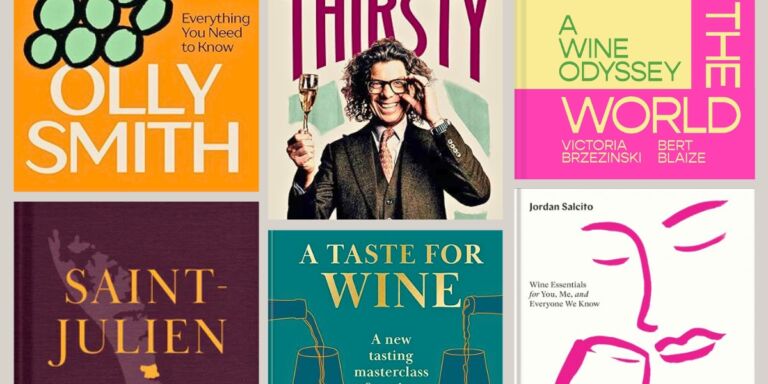Scarcely a week goes by without news of a fresh sustainability initiative hitting my inbox. Sometimes there’s more than a splash of greenwash, for sure, but it is usually something laudable, launched with yet another name, acronym or logo to add to our 21st-century lexicon.
To a great extent, wine still trades on the bucolic image of a verdant vineyard, a pair of grand-looking gates, perhaps some castle crenellations, a virtuous vigneron peddling or pushing a bicycle… whereas the reality can, at worst, entail the exploitation of small farmer growers, excessive use of water, the energy-intensive creation of glass, not to mention the carbon footprint caused by shipping heavy, eccentrically shaped bottles all over the world.
Though the wine industry might have been slightly slow to act, it has done much to address the issues it faces, not least because climate change poses an existential threat – should temperatures rise by two degrees, the planet’s viable wine-growing regions will be halved, according to a scientific study published last year – and though some will balk at paying extra, there’s plenty of evidence that consumers care sufficiently about the climate crisis to choose greener products. Yet, it is still needlessly challenging for someone buying a bottle of wine to know whether it is produced sustainably.
A fleeting glance at the bottles in my own cellar revealed well over a dozen different sustainability scheme symbols
What constitutes ‘sustainable’ is, of course, ripe for debate, with the word meaning different things to different people in different places. However, there is at least a base-level definition, ponderously outlined by the OIV (the International Organisation of Vine and Wine), a sort of United Nations for wine, which references the environmental, social and economic aspects of sustainability.
Different countries have their own initiatives, some more successful than others. One of the first – arguably still the most successful – was New Zealand’s ‘Sustainable Winegrowing’ certification, which now encompasses a whopping 96% of the country’s producers. France has its increasingly ubiquitous HVE (Haute Valeur Environnementale) label, part of a wider scheme for all agricultural producers that recognises a commitment to protecting and enriching the environment. The US appears to have at least half a dozen different such labels, from SIP to California Sustainable and Napa Green. Here in the UK, our own small-but-burgeoning wine business is on board too, with its Sustainable Wines of Great Britain badge.

So far, so good, but why must it be so confusing? A fleeting glance at the bottles in my own cellar revealed well over a dozen different sustainability scheme symbols, from Australian Chardonnay to Zinfandel from Lodi. I confess that, even as a journalist with a keen interest in the climate crisis, I didn’t feel well informed about some of the schemes those logos referenced and of course there’s precious little space on the label to elaborate. At this point, I fear the message is lost.
Why can’t there be a single symbol for wine that is sustainably produced, using those basic parameters set out by the OIV? There are some good examples to follow: organic-certified wine, produced in Europe, has its natty ‘Euro-leaf’ branding, the orange-y Demeter badge (for biodynamic-certified wine) is also relatively striking, but the benchmark should be the international logo for recycling, the mobius loop, consisting of three green arrows chasing themselves, as a dog does its tail. Created more than 50 years ago by a Californian student, it is instantly recognisable with its simple, somewhat literal, message.
Surely it would be better to unite the wine world behind a basic set of standards on sustainability?
I’m obviously not suggesting there doesn’t need to be a certification process involved – otherwise any logo would be meaningless – and we don’t need another glass of greenwash, but surely it would be better to unite the wine world behind a basic set of standards on sustainability, agreed by a body such as the OIV, which could be represented by one simple, easily identifiable logo and marketed to the world’s wine lovers?
Beyond that, individual countries, regions, or individual producers might choose to go further – perhaps the logo could contain a simple number, to indicate a level, or tier, of sustainability (as energy efficiency labels do) – but at least the consumer glancing for a few seconds at a row of bottles on a shelf might have the opportunity to make a swift, sustainable selection, without being expected to understand the myriad of different schemes and symbols offered by producers across the globe.
Sustainability is complex, of course, but the process of making a greener choice when it comes to choosing a bottle of wine should surely be simple.
WHAT DAVID HAS BEEN DRINKING THIS MONTH:
- Champagne Moutard, Cuvée des 6 Cépages, Brut Nature, 2011 (£98, Champagne Route) Though we tend to think of Pinot Noir, Meunier and Chardonnay when it comes to Champagne, there are now eight permitted grapes – with Voltis (a fungus-resistant hybrid) recently joining Pinot Blanc, Pinot Gris, Petit Meslier and Arbane as authorised varieties – and this classy, unusual cuvée contains six of them. Aromatic, with a nose of bruised apples and toasted hazelnuts, there’s a beautiful richness balanced by creamy citrus with a lingering, nourishing nougat finish. Delicious!
- Chateau des Sarrins, Côtes de Provence 2022 (£24, Wanderlust Wine) A limpid organic rosé that teases with its faintly peachy nose and impresses with the gastronomic generosity of its fruit, balanced by a satisfying spear of wet stone minerality that refreshes and revitalises. Let summer never end.
- Chateau Villa Bel-Air Graves 2015 (£25, Berry Bros) Enjoyed at the excellent Maison François in St James’s, this impressive Graves was perfectly paired with steak frites. Chateau Villa Bel-Air is owned by the Cazes family, owners of Châteaux Lynch-Bages, and boy does it show. Elegant, poised and delicately sweet-fruited, this Cabernet Sauvignon-led blend overdelivers and the restaurant should be applauded for offering wine of this quality by the glass.









